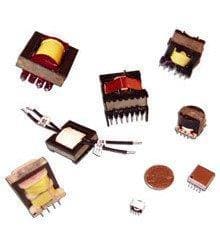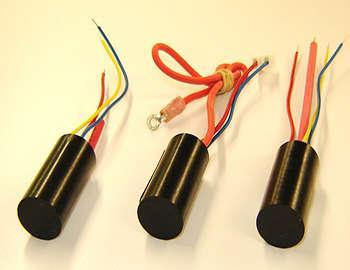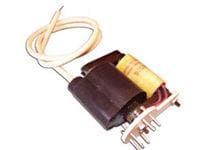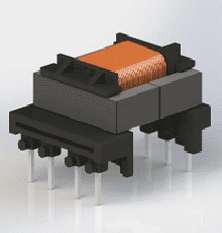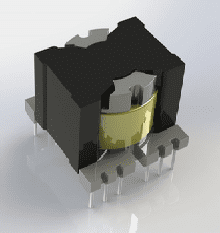PRODUCTS
- High Voltage Transformers
- Switchmode Transformers
- Flyback Transformers
- Trigger Pulse Transformers
- Step Up/Down Transformers
- Power Transformers
- Toroidal Transformers
- Antennas and Air Coils
- Down Hole Applications
- DC Igniters
- High Current Inductors
- Custom Manufacturing
- Hydrogen Coils
- Control Transformers
- Inverter Transformers
- Low Profile (LPC) Transformers
- Ferrite Transformer
- Pulse Transformers
- Single Phase Transformer
- Specialty Transformers
- Isolation Transformer
- Surface Mount Transformer
- Toroidal Inductor
- Air Core Inductors
- Ferrite Inductors
- Power Inductors
- Surface Mount Inductors
Quick Contact

How to Create a Design using an ‘Ideal Transformer’ Schematic
Every transformer manufacturer strives to create an ideal transformer. In theory, an ideal transformer is one that can induce a voltage in the secondary winding without causing loss of power, drop in voltage, or waveform distortion. Unfortunately, this is just a theoretical argument; however, it can still be used as a reasonable approximation for most transformers.
In this article, we will be taking a look at how to design a transformer using an ideal transformer model for reference.
Understanding the Ideal Transformer
Before we can begin creating a transformer model, it is important to understand the characteristics of an ideal transformer:
- Zero Coil Resistance: In an ideal transformer, the resistance of the primary and secondary winding is believed to be nil. This also means that the coils have strong induction capabilities.
- High Core Permeability: This means that if the core’s permeability is high, it will require less current for magnetization.
- No Flux Leakage: In theory, an ideal transformer has flux which gets linked entirely with the secondary winding. The flux does not stray out to the core.
- Complete Efficiency: In an ideal transformer, the power output is supposed to be equal to the power input. This means that the transformer does not suffer from eddy or hysteresis losses.
Creating the Ideal Transformer Model
Taking the above points into consideration, we can begin creating a model, which can help design a transformer that is close to industry expectations.
The characteristics mentioned below are based on Faraday’s Law of Induction. The law states that if any change is brought about in the coil’s magnetic environment, Electromotive Force (EMF) or voltage will be induced within the coil.
The following equations showcase the characteristics of coil resistance and flux leakage:
- Induced Voltage: v1 = N1 d?1 /dt v2 = N2 d?2/dt
- Turns Ratio: V1/N1=V2/N2 >>>>>>> N2/N1=V2/V1
The ? symbol has been removed, as the flux will be the same for both windings.
The combination of zero resistance and 100% flux transference between the windings showcases the transformer’s ability to change voltages based on the turns-ratio. Therefore, the voltage change does not need to be limited to just two windings, and the transformer can contain multiple windings:
V1/N1=V2/N2=V3/N3=Vn/Nn
Nearly everyone in the engineering and manufacturing industry knows that creating an ideal transformer is not possible. However, by using it as a point of reference, transformer manufacturers can design and produce products that can meet specific needs of customers and industries.


